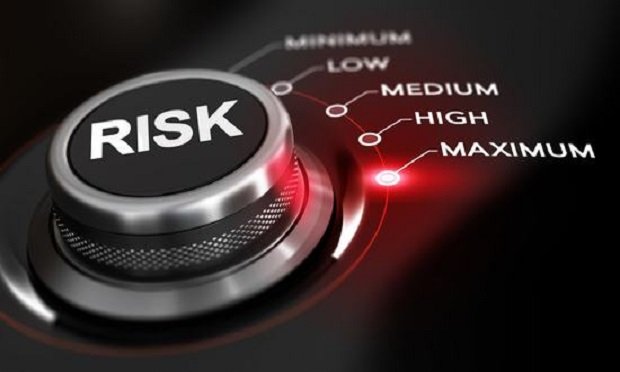 Some risks are inevitable, such as natural disasters. Then there are risks we consciously take en masse, subjecting ourselves and others to potentially dire consequences. (Photo: Bigstock)
Some risks are inevitable, such as natural disasters. Then there are risks we consciously take en masse, subjecting ourselves and others to potentially dire consequences. (Photo: Bigstock)
We all take risks every day. They're mostly small ones — stepping into a crosswalk before the pedestrian light turns green, for example — and usually cause no or little harm.
Recommended For You
Want to continue reading?
Become a Free PropertyCasualty360 Digital Reader
Your access to unlimited PropertyCasualty360 content isn’t changing.
Once you are an ALM digital member, you’ll receive:
- Breaking insurance news and analysis, on-site and via our newsletters and custom alerts
- Weekly Insurance Speak podcast featuring exclusive interviews with industry leaders
- Educational webcasts, white papers, and ebooks from industry thought leaders
- Critical converage of the employee benefits and financial advisory markets on our other ALM sites, BenefitsPRO and ThinkAdvisor
Already have an account? Sign In Now
© 2025 ALM Global, LLC, All Rights Reserved. Request academic re-use from www.copyright.com. All other uses, submit a request to [email protected]. For more information visit Asset & Logo Licensing.








